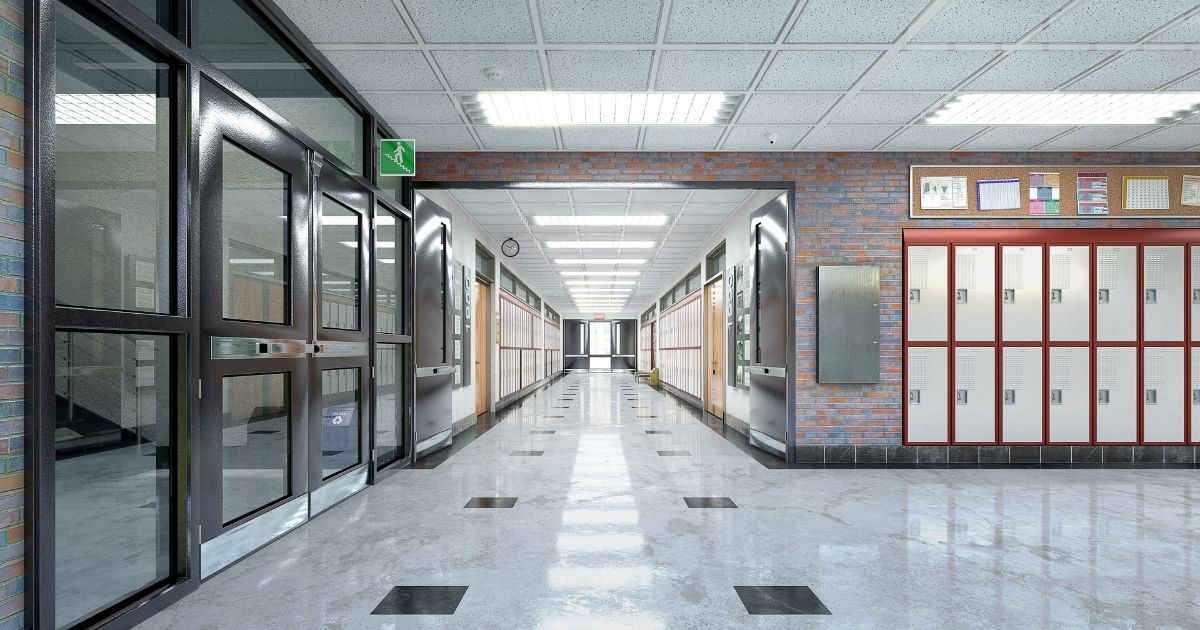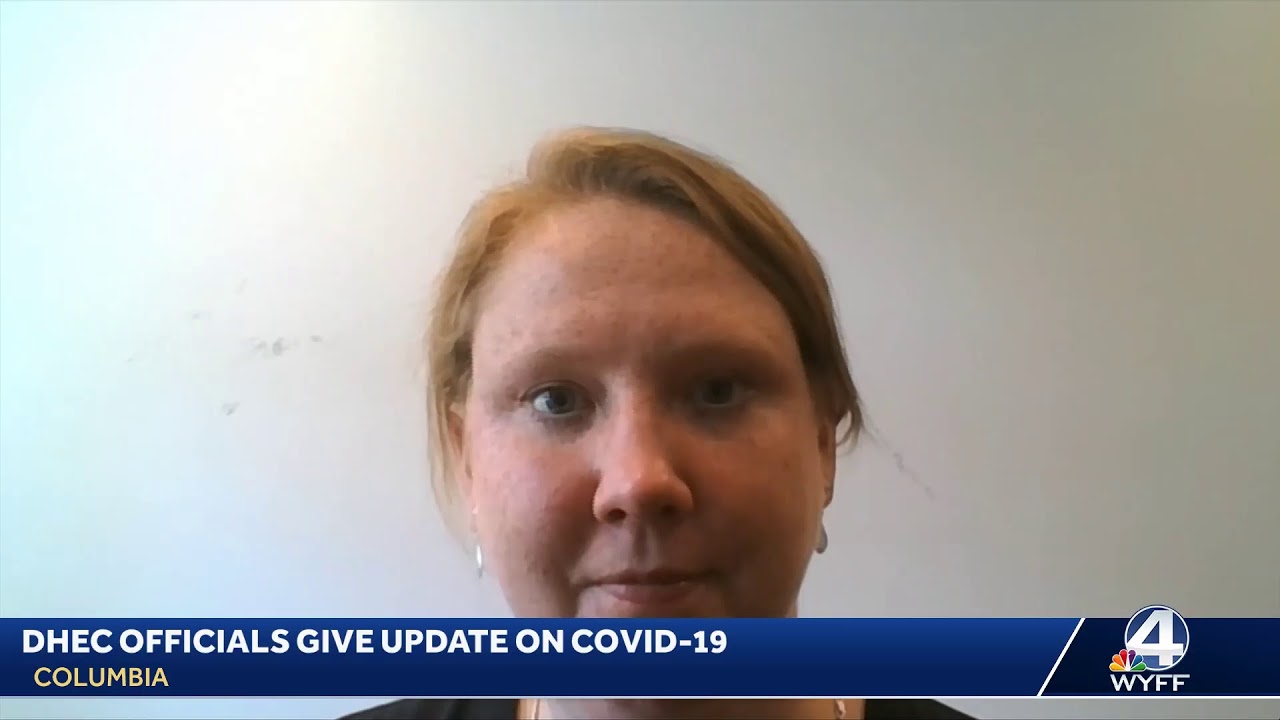If you’ve been around Greenville for more than a few years, you’ve heard of — or heard — Marty Harrison, half of the beloved pop duo Ralph & Marty. These days, you’ll find Harrison in a recording studio he says he managed to “MacGyver” into a 10-by-10 space.
“It’s my personal studio; it’s no different than a painter would have a studio,” he says. “I have plenty of friends over the years who rehearse their bands in storage buildings. Hell, I’ve had friends that basically almost tried to live in one.”
The self-storage facility he uses a mile and a quarter from his home offers everything he needs to store his gear, repair equipment and record music. After hanging storage-type blankets, he says, “We were shocked at how good it sounded in there” — all for $300 a month at a climate-controlled 70 degrees.
If you’ve driven around town lately, or tuned into the long-running A&E Network reality-TV series “Storage Wars,” you’ve probably noticed these places popping up more and more.
Self-storage properties, as real estate investments and as consumer products, have fared well through the COVID-19 crisis, as the industry did through the 2008 financial crisis, and beyond. Neighbor.com says self-storage construction in the U.S. neared $5 billion in 2018, up 444% over 20 years, with more than 52,000 facilities — including 135 in Greenville now, according to SelfStorage.com.
“Greenville, nationwide, is one of the top saturated markets with self-storage,” says Chris Harrison, senior associate at the Greenville real estate firm NAI Earle Furman, who notes that investment opportunities remain high, thanks to market demand for boat and RV storage.
 That’s what John Boyd uses his property for.
That’s what John Boyd uses his property for.
In 2017, the CEO of Banker Exchange, a real estate advisory firm, purchased what he refers to as an “eyesore” near Seneca — an old 220,250-square-foot textile mill that offers climate-controlled spaces customers can actually drive their Class A motor homes into at Take Cover Storage.
“You see so many boats, campers and RVs sitting out in open lots, getting obliterated by the weather, so we did some renovations — about a million dollars’ worth,” he says of the property that can now shelter as many as 300 of what he calls “big toys.”
Currently, he’s finalizing plans to add 22,000 square feet of climate-controlled mini-storage units, bringing his total investment to about $4 million.
“When you think about that — nobody ever does the math — but the small spaces all have pretty high rents on a per-square-foot basis,” he says, with lease agreements fetching as much as $12 per square foot or higher. “Basically, you’re getting pretty close to apartment rent,” but without the construction costs or operating expenses.
Consider: Average monthly rent for a 954-square-foot apartment in Greenville runs $1,136, or about $14.29 per square foot, according to RENTcafé. Not too far off the monthly cost, per square foot, of a storage unit about the size of an apartment bedroom.
“Storage usually follows apartments,” Harrison says, “and obviously Greenville has had a big apartment boom lately. Typically, you see Class A, institutional-type storage follow apartment development.”
During the COVID-19 crisis, Harrison and Boyd agree that with increasing RV and boat sales, investors see even more opportunities in self-storage, with apparently little downside.
While Boyd says he anticipates close to a 15% return on his Seneca investment, he says owners are “getting a better return with less risk and less hassle.”
That’s because, he says, single-family properties, rental or otherwise, are either 100% occupied or 100% vacant, as opposed to the regular churn of multiple storage-unit tenants.
 Of property owners, he says, “I think they’re getting a better return with less risk and less hassle.” And yet, he says of the investment: “It’s not real sexy. It’s a headache. There’s some challenges with it. You don’t have the same challenges you have dealing with apartments, where people tear your stuff up — they’re not cooking meth in your apartments.”
Of property owners, he says, “I think they’re getting a better return with less risk and less hassle.” And yet, he says of the investment: “It’s not real sexy. It’s a headache. There’s some challenges with it. You don’t have the same challenges you have dealing with apartments, where people tear your stuff up — they’re not cooking meth in your apartments.”
Likewise, short-term leases don’t typically last long or always end well; the Self-Storage Association says 45% of rental agreements extend no longer than 12 months.
Says Boyd, with a chuckle, “We’ve all seen ‘Storage Wars.’”

By the Numbers
Tidbits from Self-Storage Association’s “Self Storage Demand Study – 2020 Edition” about self-storage across the country:
- 40% of self-storage users are in the South
- Number of households renting self-storage units is at an all-time high of nearly 13.5 million, up from 3.5 million in 2005
- Some 12.5 million consumers rented a unit within the last 5 years
- An additional 7 million consumers plan to rent in the next year
- More than a quarter of current and recent renters rent or rented their units for 1 to 2 years and a fifth rent or rented for 7-12 months
Source: Self Storage Association
Space Sizes
5 x 5
About the size of a small closet for a couple of pieces of furniture. Popular among college students.
5 x 10
Popular for one-bedroom or studio-apartment dwellers. Large enough to accommodate a bed or couch.
10 x 10
Most commonly booked. Can house the contents of a typical two-bedroom apartment.
10 x 15
Heavy-duty storage, for small cars and boats, although facilities operate with different covenants, restrictions and uses.
10 x 20
Families use these to store the entire contents of their homes, up to a four-bedroom house. They can also accommodate trucks, RVs and trailers, although some restrictions apply here, too.
10 x 30
The least common size storage unit, typically for business storage.
Source: SpareFoot
Average prices for typical unit sizes among Greenville’s 135 self-storage facilities:
Highest unit prices (facilities with the most amenities, including climate control, security cameras, etc.)
5 x 5 = $18.88
5 x 10 = $26.21
10 x 10 = $47.29
10 x 15 = $69.14
10 x 20 = $102.44
Lowest unit prices
5 x 5 = $10
5 x 10 = $18
10 x 10 = $34
10 x 15 = $58
10 x 20 = $106.60
Source: SelfStorage.com
The post What’s inside the Upstate’s self-storage boom? appeared first on UPSTATE BUSINESS JOURNAL.












